 Just as each tiny hummingbird is unique, each child learning to read is special. No two readers are the same, have the same problems. Struggling readers need a program that will adapt to their needs and help them learn to read. Vowel clustering works with the brain to help students learn to read.
Just as each tiny hummingbird is unique, each child learning to read is special. No two readers are the same, have the same problems. Struggling readers need a program that will adapt to their needs and help them learn to read. Vowel clustering works with the brain to help students learn to read. Let’s begin by defining vowel clustering. Vowel clustering teaches students to decode and encode letter sounds to pronounce and read words. Children are taught to sound words out letter by letter or by sound cluster instead of guessing. A cluster is a group of things (in this case letters) occurring closely together. Vowel clustering emphasizes learning the lowercase alphabet and sounding out letter sounds and combinations of letter sounds. Students never memorize word lists or phonics rules.
Is vowel clustering similar to phonics?
No, vowel clustering is not the same as phonics. With vowel clustering, there are no rules to memorize, and students are never allowed to guess at a word. Vowel clustering teaches students to decode, that is, to break words down into individual letter sounds or sound clusters and then to encode or reassemble those sounds back into pronounceable words. Vowel clustering method teaches spelling, handwriting, oral reading fluency, comprehension, and story writing. I teach vowel clustering in all of my reading programs. Vowel clustering has been tested and proven to work with struggling, at-risk, and failing students for over 20 years. One student, who failed for nine years using balanced literacy and phonics, learned to read in 3 ½ years using vowel clustering. I have even had struggling students move up four grade levels in one year using vowel clustering. These were students who had failed multiple years in schools that taught whole language, balanced literacy, and phonics. So yes, we can teach students to read, but to do so, we must change the methods that we use to teach reading.
Does vowel clustering focus on letter sounds?
Yes, vowel clustering simply means to teach words by sounds rather than by rules. Vowel clustering directly connects letters and sounds—no pictures. Students learn to identify letter sounds by matching letters and sounds together. Vowel clustering works with the brain’s oral language system.
One mistake some people make in teaching letter sounds is to teach children by the first letter in a word, saying these words are similar: bell, bike, ball, book. Unfortunately, although each of these words starts with the same consonant sound—the letter B—the brain does not organize words by beginning letter sounds. When you introduce new words that contain several vowel sounds, as in the example above, it confuses children who are struggling to read. The brain identifies words by the word’s vowel sounds. Therefore, we need to teach children to read by using words that have common vowel sounds: at, back, cat, fat, hat, mat…. If we teach using the organizational structure that the brain uses, it makes it easier for at-risk students to learn. That is what vowel clustering does.
The children in my reading clinic learn to decode and encode words by vowel sounds. For example, the letter A has 7 sounds and 22 different letter combinations to make those sounds. Vowel clustering also teaches all of the sounds for a vowel in a cluster. With the letter A, the children learn all seven sounds used by letter A and the 22 different letter combinations that can be used to make those seven sounds.
In contrast, the traditional phonics approach was to teach the “short vowel sounds” and then the “long vowel sounds using silent e.” The other sounds were called “irregular sounds,” but irregular vowel sounds confuse children the most. Teaching vowels in clusters teaches children to learn all of the sounds for each vowel in an organized pattern. It’s easier and less confusing, and it works directly with how the brain assimilates and organizes letter sounds—connecting synapses and building pathways.
Does vowel clustering work?
Yes, at all of my reading clinics, all of my students learn using vowel clustering. Let me share a few success stories:
A student who failed for nine straight years in public school is now reading.
A student diagnosed with ADHD and failing in reading moved up two grade levels in one year.
A student diagnosed with dyslexia and whose parents tried everything, including expensive private one-on-one tutoring in phonics, learned to read, and moved up to beginning chapter books in one year.
Six children who entered the program reading at the (pre-K) level ended the year reading at the 2nd grade reading level. Only one child in the group was a first grader.
One student started at the pre-K level and ended the year reading at the third-grade level, while a second grader started the year reading below first grade and ended at the fourth-grade level.
One student moved up four grade levels in reading, four students moved up three grade levels in reading, and eight students moved up two grade levels in reading.
The next year, 2 students moved up four grade levels in reading, 3 students moved up three grade levels in reading, and 6 students moved up two grade levels in reading.
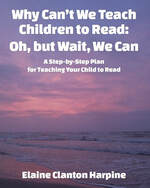
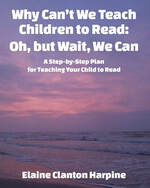
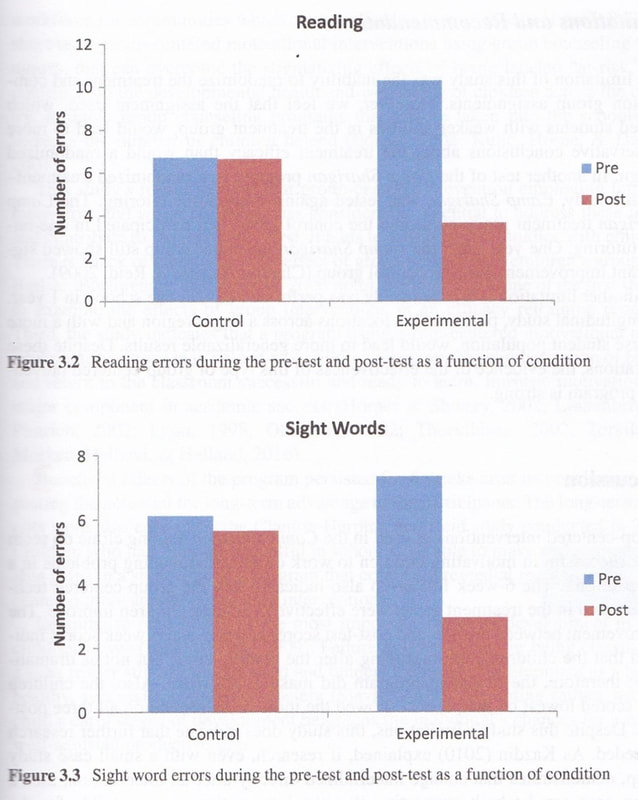
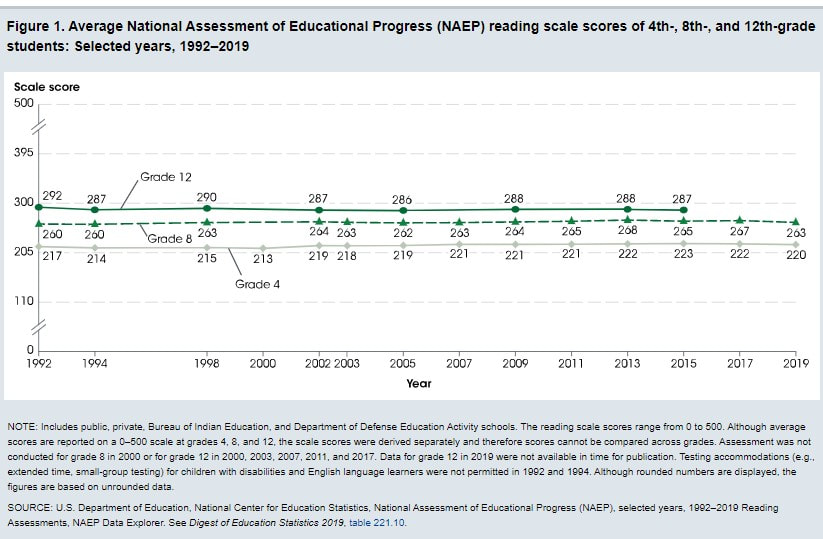
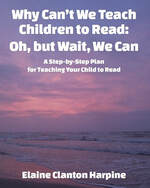

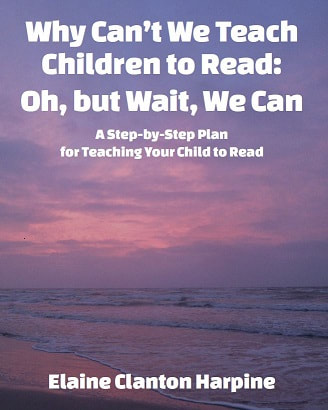
 RSS Feed
RSS Feed
